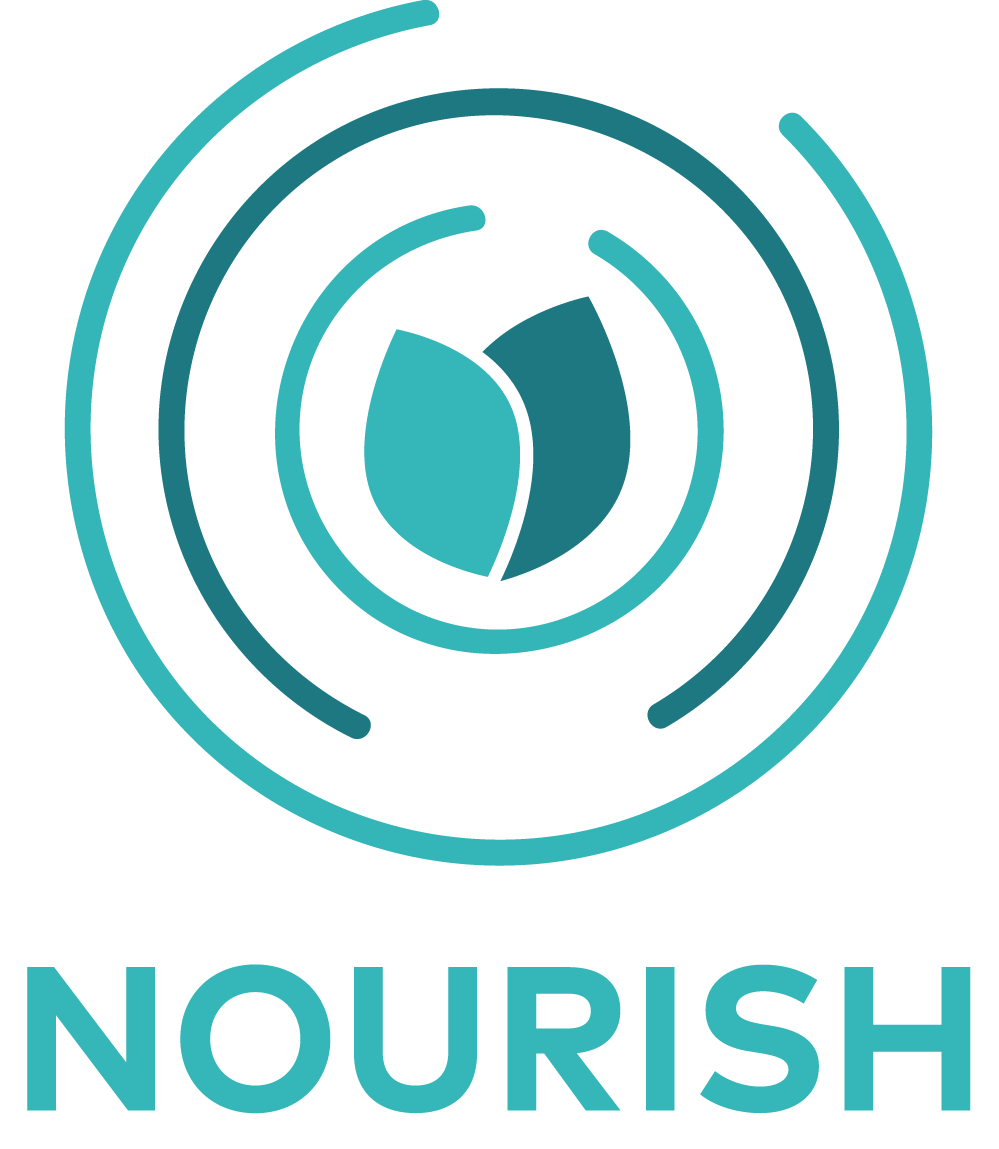Source: Équiterre
Year: 2016
A capsule of the partnership between Équiterre, the Pointe-de-l’Île School Board and the CIUSSS de l’Est-de-l’Île-de Montréal to increase the amount of local food served to residents and employees of four long-term care facilities.
What’s behind the trend of local food?
Source: Food Service and Nutrition Magazine
Year: 2016
To meet the growing demand for more local food on institutional menus it’s important to start with understanding what’s behind the trend – why do people seek out local food?
Healthy Food System Infographics
Source: Kaiser Permanente and Health Care Without Harm
Year: 2016
Three infographics from Kaiser Permanente and Health Care Without Harm on healthcare food purchasing power, healthier hospital food service, and hospitals as anchor institutions, improving community food environments.
What Does it Take to Serve Local Food to Our Patients?
Source: University Health Network
Year: 2015
Video explaining how local food could enter the University Health Network Food System to be served to patients.
Farm to Institution: The power of public sector purchasing
Source: Greenbelt Fund
Year: 2015
This case study explores how a public sector group purchasing organization leveraged its buying power to enable a local and sustainable cattle-processor to break into the institutional food service market.
Download the case study Farm to Institution.
Ontario Public Institutions and On-site Food Production: Visualizing the Future for Health Care
Source: Project SOIL
Year: 2017
Project SOIL (Shared Opportunities on Institutional Lands) is a feasibility study that explores the potential of on-site food production for public institutions through arrangements with local producers, particularly where access to land for food production is limited and/or expensive.
Download the SOIL final report.
Healthy Foods in Hospitals Program, Champlain Hospitals
Source: Champlain Cardiovascular Disease Prevention Network (CCPN)
Year: 2016
The Healthy Foods in Hospitals Program is creating supportive, healthy nutrition environments in Champlain hospitals so that the healthy choice is the easy choice for staff, physicians, visitors, patients, and volunteers. The emphasis is on retail food settings; this includes cafeteria, vending, volunteer, and franchise operations on hospital campuses.
The Journey to Healthy Eating at Capital Health
Source: Capital Health, Nova Scotia
Year: 2011
Nova Scotia’s Capital Health is the first health authority in Canada to adopt a healthy eating strategy and policy. This journey toward healthy eating began in 2004 when we, as an organization, took a critical look at the role we play in supporting healthy living within our locations and our community.
Download the Journey to Healthy Eating.
Halton Health Services (HHS) Local Food Procurement Statement
Source: Halton Health Services
Year: 2015
The local food procurement statement supports the Halton Health Services Nutrition & Food Services department in working with local producers by creating a shareable plan and process for integrating local suppliers into institutional purchasing structures.
Alberta Flavour Learning Lab
Source: Edmonton Northlands
Year: 2016
Bringing together the food service supply chain in Edmonton–convention centers, hospitals, colleges, schools, farmers, food processors and distributors–to make it easier to identify and source foods grown and made in Alberta.
Public Sector Purchasers as Value Creators in a Resilient Food System
Source: Hayley Lapalme
Year: 2015
This case study takes a systems mapping approach to illustrate the opportunity of institutional food buyers to influence food systems. It draws from the 3P Mentorship Program, an Ontario-based community of practice on public purchasing that preceded Nourish. Slides from Relating Systems Thinking and Design Symposium.
Becoming Food Aware in Hospital: A Narrative Review to Advance the Culture of Nutrition Care in Hospitals
Source: Healthcare Journal
Year: 2015
Healthcare Journal article on the Nutrition Care in Canadian Hospitals (2010–2013) study which identified the prevalence of malnutrition on admission to medical and surgical wards as 45%. The key finding was that a multi-level approach is needed to address this complex issue. The organization, staff, patients and their families need to be part of the solution to hospital malnutrition.
University Health Network Food Ecosystem Prezi
Source: University Health Network
Year: 2015
A visual presentation of the flow of food, funds and information in the Food Ecosystem in the University Health Network related to "What does it take to serve local food to our patients?"
Malnutrition in Hospitals
Source: Canadian Malnutrition Task Force
Year: 2017
Canadian Malnutrition Task Force presentation to Nourish retreat 2017 on issue of malnutrition in hospital.. Includes highlights of Nutrition Care in Hospitals Study (2010-2013) surveying 18 hospitals in 8 provinces on prevalence of malnutrition at admission, mealtime and food satisfaction surveys and barriers to food intake.
Webinar: Systems mapping for relationships in food and health
Part of the Nourish 2017 Spring Webinar Series.
Featuring Melanie Goodchild (Turtle Island Institute), Beth Hunter (McConnell Foundation), Hayley Lapalme (Nourish), and Jennifer Reynolds (Nourish).
First Peoples, Second Class Treatment: The role of racism in the health and well-being of Indigenous peoples in Canada
Source: Wellesley Institute
Year: 2017
First Peoples, Second Class Treatment explores the role of racism in the health and well-being of Indigenous peoples in Canada. We begin with an overview of the historical and contemporary contexts of racism, and the ways in which racism is fundamentally responsible for the alarming disparities in health between Indigenous and non-Indigenous peoples. We examine Indigenous responses to racism including individual, family and community level strategies and resiliencies; health service-level responses (including Indigenous and non-Indigenous led services); efforts directed at the training of health professionals; and provincial, territorial and national-level policies and recommendations.


